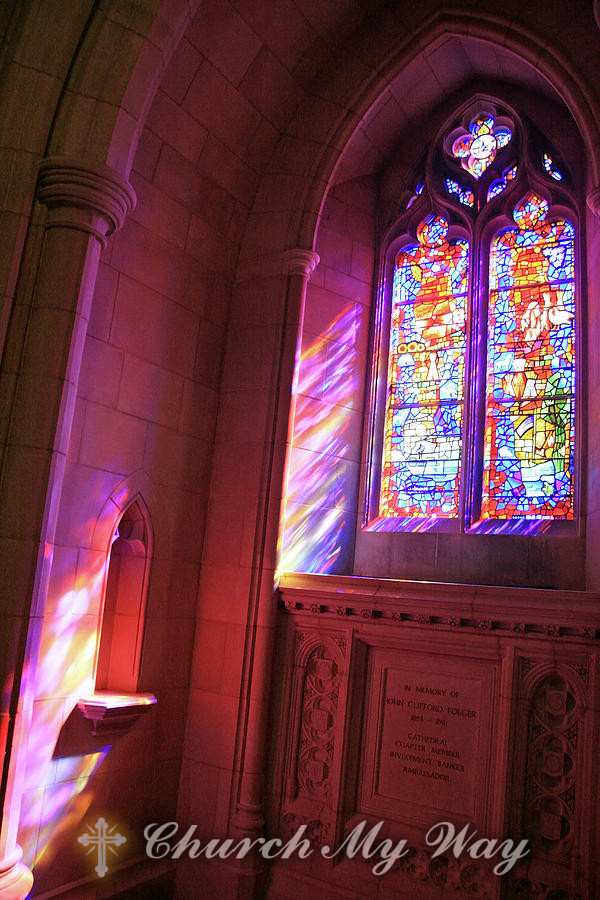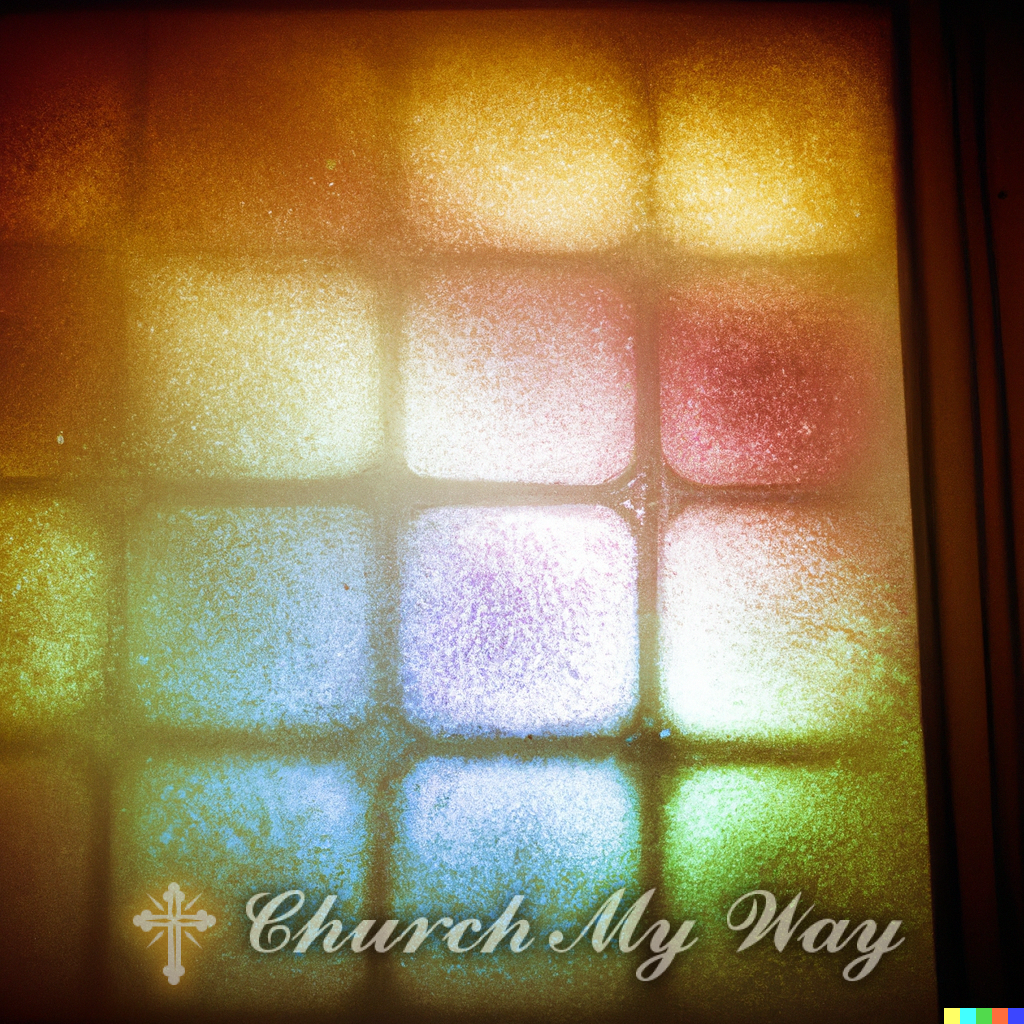The Mythology and Meaning of Savior of God’s Blood
The concept of a righteous savior figure sacrificing themselves for humanity is a powerful theme across cultures. But what does the enigmatic phrase “Savior of God’s Blood” mean? In many faiths, ancient prophecies foretell the coming of a special savior destined to redeem their people through sacred blood sacrifice.
We’ll explore the universal mythology and symbolism surrounding the “Savior of God’s Blood” across religions worldwide. We’ll also examine the cultural impact these storied savior figures have had throughout history. Sound interesting? Then let’s dive in!
The Universal Mythology of Savior Figures
Savior narratives often share classic storytelling elements that resonate deeply with the human experience:
Ancient texts predict the coming of a special chosen one – the long-awaited savior whose arrival brings hope of salvation and freedom from suffering.
Saviors are conceived or born in miraculous ways, like the virgin birth of Jesus Christ or Buddha emerging from his mother Maya’s side, marking their divine cosmic origins.
As adolescents, savior figures already demonstrate great wisdom, astounding learned adults. Jesus impressed temple scholars at 12 while Buddha attained a deep meditative state under the rose-apple tree in his youth.
Saviors perform wondrous miracles and feats including healing the sick, manifesting food or drink, taming nature, raising the dead, and more. These marvels are signals of their divine grace and power.
Through parables, sermons, and teachings, savior figures impart profound spiritual truths and advocate for enlightened virtues like compassion, temperance, justice, and peace.
The climax of the savior’s story often involves willingly sacrificing themselves for the salvation of their people. Their blood spilled represents life essence given to redeem humanity. Death transforms into spiritual victory.
While specifics differ between faiths, the savior template holds remarkably consistent, appearing in religions worldwide from Christianity to Buddhism, Hinduism to Islam. But what makes their blood so significant?
Decoding the Divine Blood Symbolism
For revered savior figures, blood carries profound symbolic meaning:
- Divine Lineage – Saviors are said to be descended from holy ancestral bloodlines tracing back to revered prophets, saints, or gods. Jesus traced ancestry to Abraham and King
- David; Buddha to former Buddhas.
- Salvation through Blood Sacrifice – Saviors redeem their people and secure salvation through the sacrificial shedding of their sacred blood. Christ’s blood represents grace for Christians; Buddha’s, the karmic reset.
- Life Essence – Blood’s vital, animating essence gives it mystical importance in many faiths as it contains the soul and life force. A savior’s spilled blood equals profound life essence sacrificed.
- Fulfilling Prophecy – Saviors fulfill the Messiah prophecy archetype – the righteous martyr religions expect based on ancient scriptural prophecies and signs.
- Venerated Relics – Devotees revere relics tied to savior blood, like the Holy Grail, fragments of the True Cross, and Buddha’s ashes, hoping to connect with their enduring spiritual presence.
So in summation, the “Savior of God’s Blood” epithet recognizes the quasi-divine blood sacrifice these revered figures made to miraculously redeem their people, as foretold by prophecy. An awe-inspiring spiritual legacy!
Their Enduring Legacy and Relevance
Mythology and veneration around the “Savior of God’s Blood” remains profoundly culturally relevant today:
- Artworks – Scenes from savior stories populate sacred scriptures and religious art across cultures and centuries, from medieval paintings to modern mosaic murals.
- Music – Prolific musical works exalt saviors through symphonies, chants, hymns, and poems, such as Handel’s “Messiah” and the Islamic chant Qasida al-Burda.
- Film and Literature – The savior concept continues inspiring reinventions like Jesus Christ Superstar and books like Lamb: The Gospel According to Biff, which speak to the timeless appeal.
- Architecture – Awe-inspiring cathedrals, mosques, temples, and shrines intricately designed to revere savior figures draw devotees worldwide.
- The universal themes of divine wisdom, redemption through sacrifice, and the hope for salvation resonate across eras and cultures. The “Savior of God’s Blood” promises deliverance in times of darkness and doubt. Their mythology reminds us no human is beyond redemption when guided by righteousness and light.
So next time you hear the phrase “Savior of God’s Blood” I hope you’ll feel inspired by its potent, multicultural symbology. Let me know your thoughts on these legendary savior figures! I always love geeking out over comparative mythology and meaning.
References: Wikipedia








